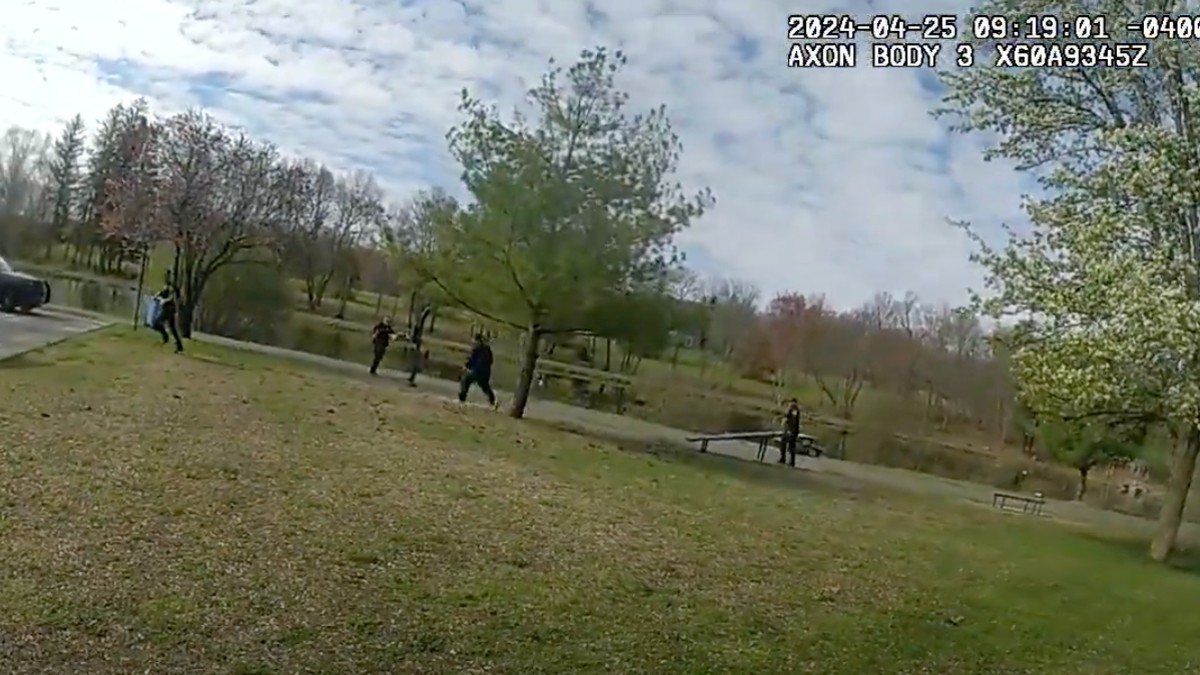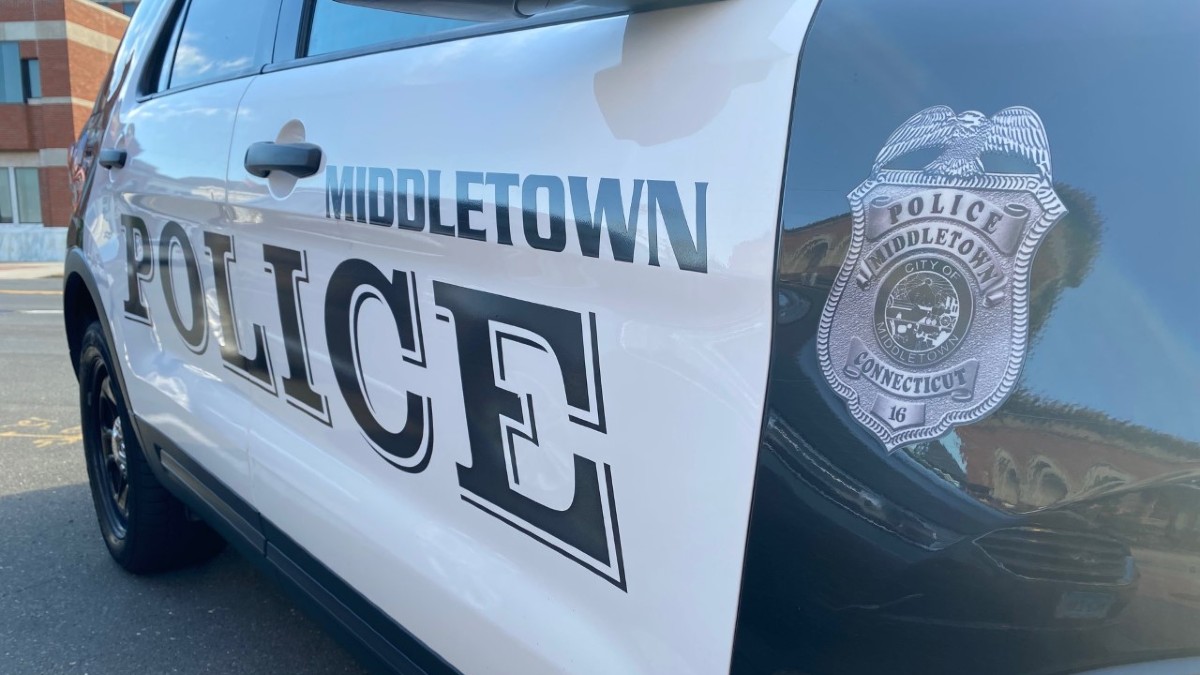Connecticut investigators working to close cold cases want to get the family members of missing persons more involved. It is why they are hosing the state’s first-ever DNA donation event on Saturday.
As the Missing and Unidentified Persons Event approaches, organizers hope it will help bring families answers, especially after they just used new DNA technology to solve a decades-old cold case.
“Cold cases, unsolved cases, can sit for years,” said Michael Hamel, Trooper First Class with Connecticut State Police. “People have been sitting around wondering, what's happened to their family? Where are they? Where could they be?”
Investigators say those questions haunted the family of Francis Patrick Fitzpatrick for decades.
Get Connecticut local news, weather forecasts and entertainment stories to your inbox. Sign up for NBC Connecticut newsletters.
“Mr. Fitzpatrick went missing in March of 1983,” said Michelle Clark, Medical Legal Death Investigator for the Office of the Chief Medical Examiner.
The 43-year-old disappeared from Springfield, Massachusetts. That was not connected to a body found in November of 1983 in the Connecticut River near Essex.
“State police detectives back then, were called to a scene, they found the body of an unidentified male,” Hamel said.
Local
The skeletal remains were taken to the Office of the Chief Medical Examiner.
“As you can imagine, his remains were pretty decomposed. So it was a very difficult case to try and solve,” Clark said.
Investigators working the case say it left his son with many questions.
“He always wondered, you know, did he leave the family? Did he just, you know, go start a new life? Did he suddenly pass away?” Hamel said.
In 2011 and 2012, the unidentified remains were entered into two national databases called NamUs and Codice, that try to match thousands of unidentified human remains to some of the hundreds of thousands of missing in the U.S.
Yet without any DNA match hits to family members, the case went cold -- until this summer.
“I believe I called you to say, ‘Hey, we have a possible familial hit on this case,’” Clark told Hamel.
The OCME had partnered with a Texas-based forensics company called Ortham to tackle a backlog of cold cases.
That is when the unidentified remains from 1983 matched to Fitzpatrick’s biological son. Clark and Hamel met him in Massachusetts to get a confirmatory DNA sample.
“You never know how people are going to act, when you call him and say, 'Hey, I think we found your father and I need a confirmatory sample,’” Cark said. “But he was very open and very nice and willing to help us out in any way he could.”
Using new technology, forensic genetic genealogy, Fitzpatrick’s cold case closed in August. His death was ruled a suicide, an answer for his son after four decades.
“He was so relieved,” Clark said. “He said, ‘You don't understand, for all these years, I had no idea what happened to him.’”
Now using evolving DNA technology, investigators hope to bring more answers to families with missing loved ones, this Saturday hosting Connecticut’s first Missing and Unidentified Persons Event.
“If you have a loved one that's been missing for, you know, two weeks, or 20 years, these cases can be solved with the help of the DNA drive,” Hamel said.
The event is run by the Office of the Chief Medical Examiner, Connecticut State Police, and the State Forensic Lab. They are looking for biological family members of missing persons to voluntarily donate DNA.
“It's just a simple cheek swab,” Clark said. “Parents, siblings, children of the missing persons are ideal for us to be able to make matches.”
Once the sample is gathered, the DNA goes to the State Forensic Lab, and data there gets entered into NamUs and Codice.
All of the DNA samples voluntarily submitted at the drive will only be used in missing persons cases; they will not be used in criminal investigations.
“There may be family members that don't want to come forward because either maybe they're here illegally, or there may be trouble in the family at some point,” Clark said. “It never talks to the criminal side. We don't care about any criminal implications a family may have. We just want to try to find their loved ones that are missing.”
Families will also be able to update missing persons reports or even open new cases with state police, as investigators make use of ever-evolving technology.
“Something that we could not get a DNA sample from 5, 10 years ago, now the labs are able to get that,” Hamel said.
Even an unwelcome outcome can bring welcomed closure to families, the case, investigators say, for the son of Francis Fitzpatrick.
“Giving the ashes back to the family so they can find some peace, and now Mr. Francis Fitzpatrick has a name,” Clark said. Hopefully, you know, the whole family has some peace and can be put to rest. And that's the whole point in doing what we do.”
While this is the first Missing and Unidentified Persons Event, organizers say whether three or 300 family members participate, they plan to hold the drive on an annual basis.
The American Red Cross, and a therapy dog, will also be on hand to help families cope with grief.
The Missing and Unidentified Persons Event takes place from 10 a.m. to 2 p.m. Saturday at the University of New Haven: 300 Boston Post Rd., West Haven CT 06516.
Anyone with questions can contact Michelle Clark at the OCME at (860) 679-3950 Ext 7764.



